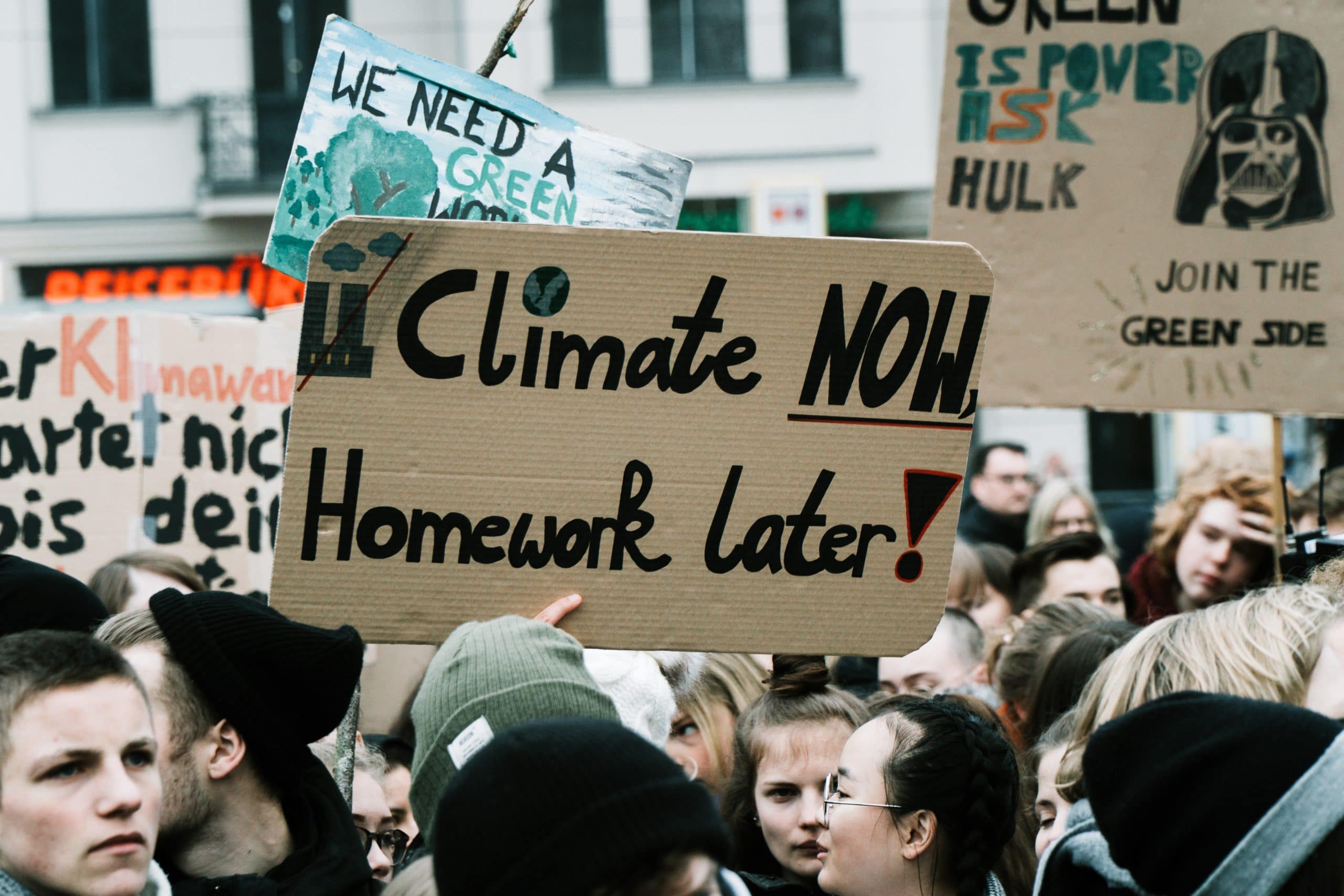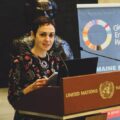Learn To Move Mountains: How you can learn to move mountains too

Nelson Mandela said, “It always seems impossible until it’s done!”, so how do you learn to move mountains?
Bright ideas to take action in our communities and for the planet don’t just pop-up already formed. Innovation starts in the soupy unformed mess of everyday life. Designing real and radical solutions is a process that starts with empathy. And I would add, that there is no empathy without love.
The L-word
The L-word. Love. That new, old disruptor: the lens we need to start re-looking through with some purpose, urgency and agency to disrupt the fear-mongers, sceptics and cynics making a land-grab on resources and power.
I mention the L-word because love as the greatest of our positive emotions, opens up our deepest capacity to create, find new perspectives and step away from fear and scarcity-thinking. Barbara L Fredrickson’s work on this shows how love unlocks your imagination and creativity, out of which ideas for solving seemingly intractable problems start to flow.
I have taken to calling it the Tao of Innovation. Love triggers the how of things, how things happen, the process of having ‘ideas of value’ as Sir Ken Robinson calls them; the process leading to real innovation which supports the flourishing of people and planet.
Design around love for the planet
Much of the work I have done with young people recently, has been around UN Sustainable Development Goal (SDG) 11 – Sustainable Cities and Communities. When you give young people, as global citizens, a blueprint to explore this SDG, to practice love for the planet at a local level within their community, their school, their town, they design phenomenal, practical solutions, understanding that action at this granular level adds up to global impact.
From the practical here-and-now to futures thinking, their ideas flow: vegetable gardens on flat roofs, turning the school field into a meadow of biodiversity, nano-tech fans filtering CO2 from the air, recycling plastic into clothing, hyperloop influenced travel, their creativity is endless.
The SDGs provide a framework for taking action for everyone, in the context of taking action for the planet. Their great value lies, at this point in our history, in being goals that work for the many, not the few; to give everyone who feels small, their voice.
Quite rightly then, young people are demanding that we dare as greatly as they do. It really is time to take action, as Wangari Maathai, the Kenyan politician, environmental activist and Nobel Peace Prize winner said, “Finally I was able to see that if I had a contribution I wanted to make, I must do it, despite what others said. That I was OK the way I was. That it was all right to be strong.”
Amidst the powerfully intoxicating distracting sugary white noise that is triggering great anxiety, young people are holding steadfast on love for the planet. From Greta sailing the Atlantic to go to the UN Climate Summits , to Ethiopia planting 350 million trees in one day , there are no shortage of ways to take action.
These young people asked me to set you a challenge, to do while you are reading this, because in the words of the late actor and playwright Sam Shepard when he wrote about love, “There can be a real meeting between two people at the point where they always felt marooned. Right at the edge.”
Start unlocking your ideas for taking action by digging your mission statement out of the dust…whatever project, educational setting or business you are in, whatever size or reach. What happens when you write ‘love for the planet’ into it? What would it mean to your work if you did this? What would it mean about it? What changes?
Dream Big
In 2018, John Elkington, wrote an article for Harvard Business Review calling for a rethink of the Triple Bottom Line , the sustainability framework which he developed in 1994 enabling businesses to measure their financial, social and environmental impact. He wrote that he was making a management recall, fine-tuning what was needed, because sustainability “must also be measured in terms of the wellbeing of billions of people and the health of our planet.”
With this in mind, I am imagining what these young people can do when they take the same approach using their design thinking skills, to meet the innovation challenges of the ten industries identified in Coursera’s Global Skills Index 2019 , including automotive, manufacturing and tech – industries with the greatest potential to make positive impact for sustainability on the planet.
I may be a dreamer but I am clearly not the only one. It is in the dreaming big, daring to look from this new, old perspective which takes you to the bright ideas, this meeting at the nexus of love for the planet.
You may not have moved mountains yet, but you can start anytime. The young people I talk to, requested that I ask you this question, “What’s stopping you?” And to tell you, “It’s not how you fall, it’s how you get back up that counts.” You just need to meet us at the edge.
This column is sponsored by:





